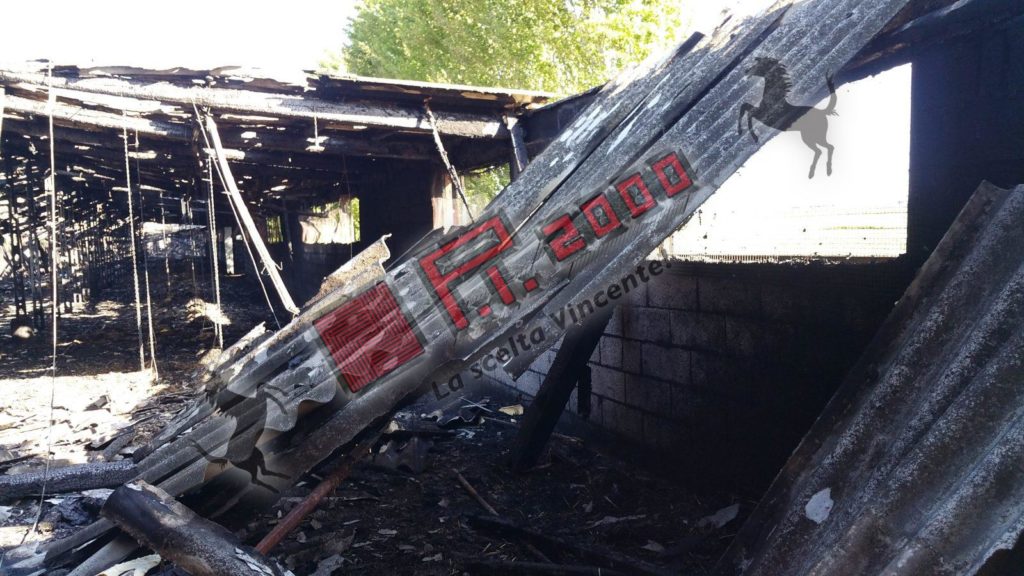Removal and disposal of asbestos
PI 2000 takes care of removal and disposal of asbestos with subsequent cleaning of contaminated areas according to legal directives.
Need a quotation?
Asbestos removal
There is more and more sensibility towards the care and protection of the environment. Among the many problems related to pollution, it emerges one in particular that comes from the so-called Eternit or asbestos-cement roofing used on many roofs.
This material, not dangerous in itself, however, in the years tends to release its fibers that can cause serious consequences to the health of those who inhale it.
The reference standards Decree 15/08/91 n ° 227 / DM. 6.9.94 / DM. 14/05/96 foresee the obligation to carry out removal and disposal of asbestos and recovery of contaminated areas from asbestos cement.
This activity can only be performed by certified companies regularly registered in the list of environmental handlers.
PI 2000 is registered with the authorization n ° BO 002 475 in category 10 / B class D, category 9 class D and category 5 class F and is therefore able to cope with removal and recovery in compliance with the law, and the disposal of these materials.
Type of asbestos
Asbestos has been used until the eighties as a construction material for building, it was very common in homes and industrial buildings constructed before 1994 where it was used to produce tiles, floors, pipes, paints, chimneys and much more. The Eternit or asbestos cement, however, has been banned since 1992 when its carcinogenic nature was ascertained. Unfortunately this material is present in many works both in its compact form that in a crumbly state.
Compact Cement Asbestos
Compact asbestos was used to make pipes of sewerage systems, corrugated sheets roofing – asbestos classic sheets – gutters, chimneys, water tanks and more.
The recovery for asbestos-containing materials in compact matrix takes place by removing these artifacts and by integrally disposing them at authorized centers.
Crumbly Cement Asbestos

The danger of crumbly asbestos is higher than that of compact asbestos cement, because the fibers can be more easily dispersed in the environment.
Any work that presents crumbly asbestos is highly harmful if it is damaged or not properly preserved.
To clear areas exposed to asbestos it must be performed a rigorous procedure for securing all contaminated areas and to safeguard the health of the specialized operators who will intervene in the removal and recovery.
Removal and disposal of asbestos procedures
The recovery is carried out complying with national regulations in the matter of removal and disposal of fiber cement structures containing asbestos. Thanks to the great experience in the field we have perfected the process of removal and disposal ensuring a monitoring and maintenance program that ensures full compliance with the regulations and it includes:
- PRELIMINARY SURVEY: our specialized staff will do a detailed environmental assessment through visual inspection, coring, sampling and soil analysis in order to identify the best intervention techniques.
- WORK PLAN AND SECURING: following analyses and preliminary inspection the contract between the parties will run, thereafter the work plan is submitted to the competent ASL (Local Heath-care Agency). Once the plan is endorsed the construction site is prepared by placing the appropriate safety devices and limiting access to only specialized operators for the duration of the work.
- FENCING: if necessary, a static dynamic fencing of the area undergoing recovery of three or four stages will be performed in order to create decontamination areas to run the “dirt clean” path for all personnel involved in the removal of asbestos cement.
- ENCAPSULATION: via a low-pressure pump the cement material containing asbestos is impregnated by an encapsulant solution so as to obtain the impregnation of the material throughout its thickness and so avoiding the dispersion of fibers in the air.
- REMOVAL: asbestos removal is immediately performed bagging the waste in polyethylene sheets. Each plate or block is removed and placed inside special bags and labeled for the subsequent shipping. A second phase is the removal of asbestos cement residual waste, by aspiration of the surfaces to be treated.
- SURFACE FINISHING: at the end of the removal operations, the surfaces must be treated with a suitable encapsulant product.
- DISPOSAL: the asbestos-containing material is finally transported by authorized vehicles and sent to facilities for final disposal.
After all operation is completed a certification of disposal and recovery is released.
Need a quotation?
Leave the details with your request and we will contact you for a free estimate WITHOUT COMMITMENT!
